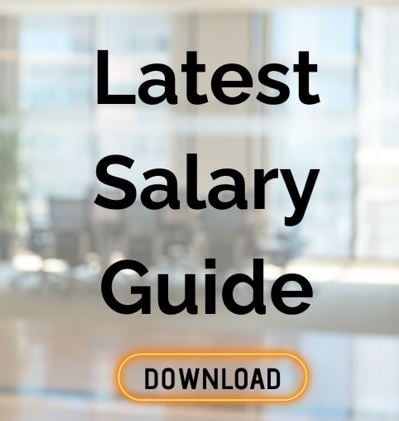It’s amazingly gratifying as a recruiter, when a candidate you've introduced to your client ‘click’, and to see the candidate go on to have a long and successful career with that client.
Unfortunately, this doesn’t always happen, often because the candidate was never the right fit for the client in the first place.
At Lucy Walker Recruitment, we are passionate about, saving you time to allow you to focus your time on running your business. We do this by making the perfect candidate match, the first time around.
Here are seven winning strategies to help you do just that.
1. Know What You’re Looking for

Sit down with the team to assess exactly what kind of person they all think would succeed in the role. What exact skills would they need? What qualities? What gaps need filling now? What management style would suit the right person?
Come up with four or five essential skills and desired qualities. You can also add a few ‘desirable’ skills or qualities, but remember, the more you write, the more you are narrowing down your pool of applicants, and perhaps missing out on the right one.
2. Sell Your Role in the Job Spec
In a skills-short market, top candidates are going to have their pick of positions. How are you going to make them apply for your role, and more to the point, make sure that the match is right?
Along with job specifics, you’ll need to be very clear on the values of your company and talk about the culture. Also, emphasise what makes your workplace. The benefits, bonuses, flexible work opportunities, as well as a strong focus on career development opportunities, should all be made clear in the job spec, as well as outlined during the interview process.
3. Run a Competency-Based Interview
If you want the right candidate, you don’t want to run an unstructured interview where you give the candidate every opportunity to tell you what you want to hear.
Instead, you need to ask specific questions about times that the candidate has displayed the essential skills or qualities that you decided on in step one.
For example: Tell me about a time when you led a team to success’ or ‘Tell me about a time when you had to manage a conflict with a team member.’
The best predictor of future behaviour is past behaviour, so make candidates prove the are the perfect match with examples, rather than just letting them say they are.
You should have structured questions that you ask each and every candidate, and score each one based on their response, so you don’t forget, or fall victim to any unconscious bias. We can assist you with this.
4. Consider Utilising Behavioural Testing

You might also like to run some behavioural testing to predict performance. We’ve written a whole blog on the effectiveness of behavioural testing in delivering the right candidate; you can read that here.
5. Bring Key Members of the Company in on the Hiring Process
Team members are often the best at knowing if a person will fit into the team culture, and they’ll also be cognisant of the skills a person will need to succeed. In turn, the candidate can get a feeling of whether they’ll like working in that team.
You may also want to bring figures from senior management into the interview if you want to impress a top-tier candidate, as this sends the clear message that the candidate is a serious contender for the role.
When you finish the interview process, ask all of the people on the panel what their thoughts were on the candidate. However, be wary of any bias sneaking in here, as your employees won’t be trained at recognising where they may have a bias against or towards certain candidates. For this reason, it’s extremely important to combine this strategy with competency-based questioning and possible behavioural assessment.
6. Be Wary about Hiring ‘in Your Likeness’
Sometimes we’re drawn to candidates because they’re like us, or they have the same skills. We often feel this person will fit into our culture seamlessly (and this is often correct)
However, we need to be exceedingly careful that we’re not creating a ‘lopsided’ team, whereby a lot of people share the same strengths and a lot of the same weaknesses. Teams need diversity to function at their best. Therefore the first step of this procedure is so important in identifying the skills and quality gaps in your team and finding the person to match.
So be a little wary about this one. Culture and value fit matter, a huge amount. But you also need to be aware of hiring clones who might fit beautifully with the team dynamic but won’t be a perfect match for the role because they can’t add a new dimension to the team. Always consider what new, exciting skills and qualities the candidate brings to your team table.
7. Finally, Consider Long–Term Succession Planning

Often, you’re left scrambling for a top candidate when a person resigns, falls ill, or just doesn’t work out in the role. You weren’t ready for this. Scrambling often leads to poor decision-making, or a weak candidate pool. A good recruiter will not let this happen: they will be prepared with a great pool of candidates.
Sit down with your recruiter to discuss succession planning in your team, and they will be able to start approaching passive candidates and building their talent pipeline for the skills you are looking for, meaning that everyone is ready and poised for action if you lose a team member.
If you've found this article useful, why not subscribe to our blog and get similar articles and features delivered direct to your inbox
Can we help?
Here at Lucy Walker Recruitment we have been helping firms with their talent acquisition, and job seekers find their ideal roles for over 30 years. We have placed thousands of candidates and filled thousands of roles for our clients; if you want to find out how we can help you call us on 0113 367 2880 or email us here.
















